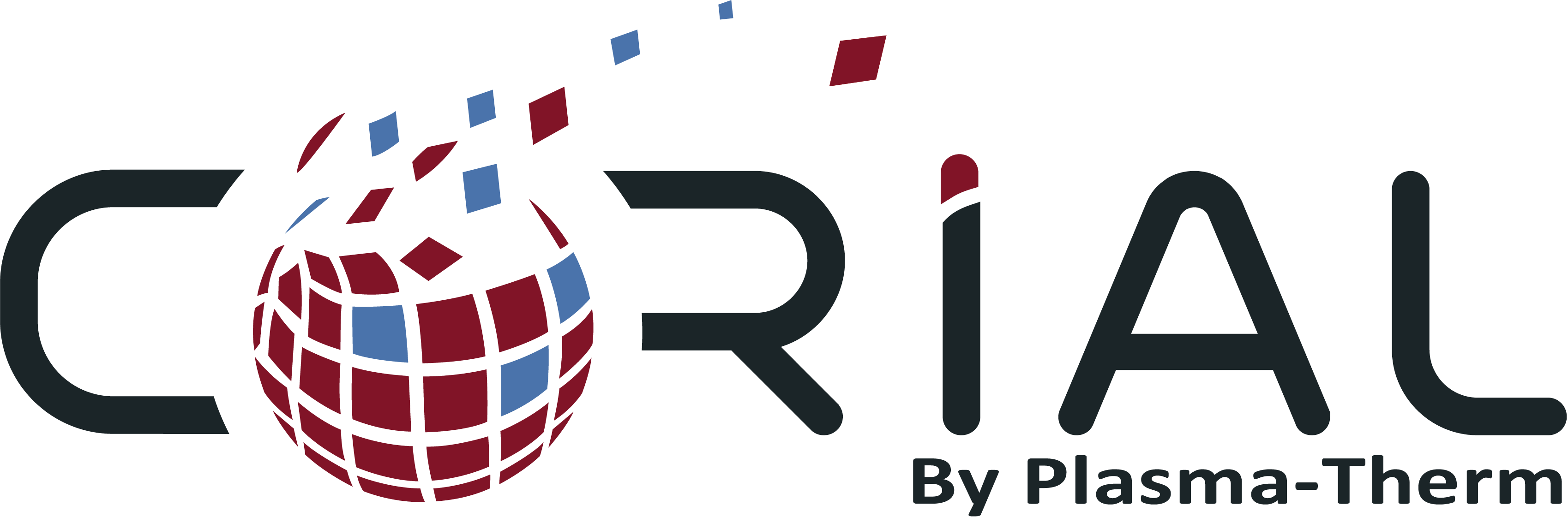Semiconductor plasma etch and deposition equipment has drastically different usage profiles when used in industry as compared to its use in research and academia. While the physics governs both applications, their end uses are different, and thus require different considerations for optimization.
In manufacturing, several or many identical etch or deposition chambers are available at any given time, so routine maintenance can be scheduled, and even unplanned stoppages can be balanced. In a university, the research lab may only have one etch chamber, and an unplanned outage could last months while parts and skilled workers are found to diagnose and perform the repair.
Another key difference between manufacturing and university plasma equipment usage is the number of tooling changes that occur at the university. Plants try to minimize their lot-to-lot variation, meaning they keep the same tooling across most of their plasma chambers, whereas the research setting requires multiple tool changes for different experiments.
7 Ways to Minimize Downtime
Regardless of whether plasma etch and deposition equipment is used in industry or the university, downtime should be minimized. In industry, the downtime means dollars lost, and in the university, the downtime delays research. Because industry relies on equipment to run 100% of the time, and the university does not, university departments may define downtime differently than industry, but the general idea is that the equipment is unavailable for use when it needs to be available.
Follow OEM’s Maintenance Schedule
The most obvious time and cost saver is to actually follow the maintenance schedule that was issued by the Original Equipment Manufacturer (OEM). This takes more than just agreeing to do so, but actively planning the Preventative Maintenance (PM) steps. While the machine is new and fresh out of the crate is the best time to develop a PM schedule and publish it for all those who will be using this equipment.
There are several types of PMs that must be performed. Some of them will occur periodically, and others after an amount of usage, often measured in RF hours. For industrial applications, these PMs will occur at roughly the same time, whereas the university customer may have periods of use followed by dormant times. The usage PMs will be derived from the logs and should be monitored. Sometimes, a PM can be performed earlier. For example, if there is a usage PM due next week, and three-month maintenance due in two weeks, it might be better to take the machine down and perform both PMs at once.
Universities should also develop a “mothball” and “startup” procedure, based on the OEM specifications. Often, a machine will be left after a graduate student leaves, or funding runs out until the next set of funding begins. This could be months of idle time on the equipment. The mothball procedure would cover how to shut down the equipment for an extended period of time, and the startup procedure would tell the next student how to start the machine cold after it has been sitting idle.
Training
Training is easily overlooked at the university. Whereas an industrial site may have a fully-developed training program, universities often leave training to lab technicians and graduate students in hopes that reading the instruction manual will provide the necessary expertise. Furthermore, graduate students graduate, and they take their expertise with them, leaving behind a plasma chamber with no experts to run it.
Therefore, universities should develop a training plan, such that knowledge is passed down between graduate students and preserved. Also, the training should come from the vendor or experts in plasma processing, not from simply reading the manual. This way, students learn the correct way to use and maintain the equipment from the start.
Technicians in the industrial sector should also undergo specialized training to maintain the plasma equipment. This training should follow the same guidelines as the university. Still, it will need to be integrated into whatever learning management system is on-site to conform with other training modules. If technicians can check to see what training is required in one learning management system, they are more likely to stay current on their learning than check multiple interfaces.
Track Usage
One of the more challenging issues in the university setting is tracking usage. Typically, university laboratory equipment is tracked with a black and white composition notebook, where the student logs their name, date, and relevant information about their usage of the equipment. The problem is that the folks that fill out the logbook are rarely the ones that break, wear out, or use up equipment. Without any other tracking method, there is no accountability. It’s similar to the office coffee pot- nobody will fess up to taking the last cup without making more.
Better methods of tracking usage are to have separate computer logins for each technician, such that the equipment cannot run without a unique, trained technician logging into an approved terminal. Additional controls are card swipes for student identification cards, keys, and other such locking devices on the equipment and the rooms that house the equipment.
Keeping Spare Parts on Hand
To improve the uptime of a plasma chamber, spare parts should be kept in stock, easily accessible and organized. This includes consumables, such as O-rings, belts, and seals, as well as parts that are heavily used and may wear quickly, such as wafer clamps and rf cables.
This is particularly important for universities, as purchasing and receiving operations are often a lengthy process internally, besides the physical shipment of the part. Industry is much more efficient at ordering and delivering packages internally than the university, which may servce many departments. All of this adds up and increases the downtime of the equipment.
Experienced Technical Support
Unfortunately, many universities dump equipment maintenance tasks on graduate students or on a laboratory technician, who is expected to maintain all research and teaching equipment for the department. For sensitive equipment, such as plasma deposition and etching chambers, it pays off to get experienced, specialized technical support, rather than relying on an overworked lab tech or inexperienced graduate student for maintenance and troubleshooting.
Lightning-Fast Field Service
When there is a problem, or when calibration or maintenance service is required, it must be performed quickly. With the wrong service contract, lead times for field service can be on the order of months. With the right service contract, lead times are much smaller, and maintenance can be regularly scheduled.
A good field service contract will cover everything from calibrating mass flow controllers, to cleaning after hard sputtering of materials, such as quartz or silicon carbide. They can check biases and the performance of all of the gauges and sensors that are used in the process, to ensure that any experimental procedure can be repeated exactly. The service provider will be able to schedule and perform these services quickly, with accurate estimates in cost and time required.
Specialized Equipment
To minimize downtime, one can optimize the process with specialized equipment. Sometimes, loading, movement and wear can be reduced by reengineering part of the equipment.
One such example of this is how CORIAL has redesigned the tooling and procedure to use a shuttle system. Before this, an electrode adjustment required the chamber to open, exposing it to the cleanroom environment. This means deep cleanings are required more often, and there is a risk of contaminating the chamber at any electrode adjustment. Instead, a shuttle system allows the technician to adjust the electrode without opening the main chamber, minimizing the cleaning and maintenance time. Electrode sizes and shapes can be tested, and a simple in-situ plasma clean can be performed instead of a deep-cleaning cycle.
Another such example is the use of a movable, inner liner. Instead of depositing on the chamber walls, this liner can be placed, moved, and then discarded, or removed for cleaning when the experiment has concluded. This minimizes downtime, as the chamber may not need to be deep-cleaned after each experiment.
Conclusion
Regardless of whether plasma etching or deposition is occurring in an industrial cleanroom or in a university teaching or research laboratory, forming a partnership with the right experts is a wise investment. To learn more about minimizing downtime by finding the right provider, download our free e-book, How to Choose a Plasma Etch and Deposition Equipment Partner.






